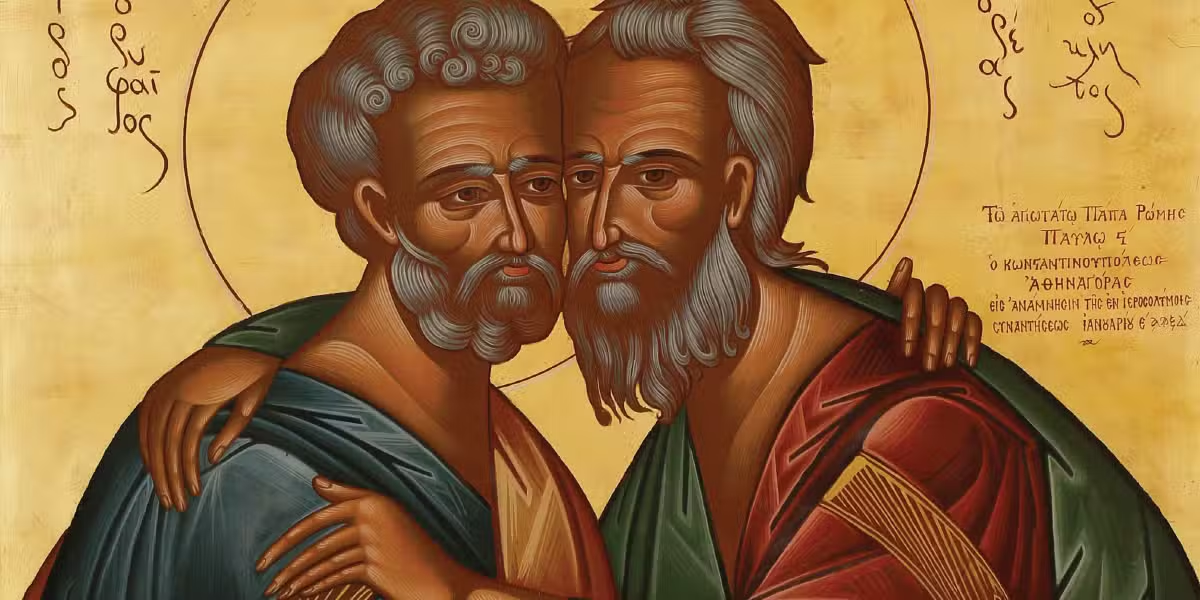How do the Orthodox Churches and Roman Catholic Church differ in faith, liturgy, and leadership? How do Eastern Catholic Churches fit in?
The 21 Orthodox Churches are loosely linked under the ecumenical patriarch of Constantinople (modern-day Istanbul), but not all 21 are in full communion with each other.
Let’s start with what they hold in common. They seek to live out and share the good news of Jesus Christ while recognizing the same Bible as the word of God and celebrating the same seven sacraments. These Churches describe themselves as “one, holy, catholic [universal], and apostolic” while sharing many saints, especially martyrs.
In AD 451 at the Council of Chalcedon, the bishops present recognized five cities as patriarchates: Alexandria, Antioch, Constantinople, Jerusalem, and Rome. For complex historical reasons, those in the East evolved into four main liturgical families: Antiochian, Alexandrian, Byzantine, and Armenian.
Over the centuries, the Greek Orthodox Church and the Roman Catholic Church have broken off and reestablished full relations with each other. In AD 1054, the bishop of Rome and the patriarch of Constantinople excommunicated each other. On December 7, 1965, the day before Vatican II ended, these excommunications were officially rescinded in ceremonies in Rome and Istanbul.
Pope Paul VI met Ecumenical Patriarch Athenagoras several times in Jerusalem in January 1964. Their successors have continued that tradition and, since 1967, have exchanged official delegations on the feast of their respective patrons (St. Andrew—November 30) and (Sts. Peter and Paul—June 29). On June 29, 1995, I participated in a Mass/Divine Liturgy in St. Peter’s Basilica where Ecumenical Patriarch Bartholomew and Pope John Paul II sat side by side, co-presiding at the Liturgy of the Word. The patriarch remained nearby for the Liturgy of the Eucharist, something I could not possibly have imagined 40 years earlier.
There are Eastern Catholic Churches corresponding to many of the Orthodox Churches, following their respective liturgical traditions and having their own leaders in full communion with the bishop of Rome. Some Eastern Catholic Churches predate Christianity’s East/West split.
In general, the Orthodox Churches do more work in synods, especially to elect new bishops or transfer them. The Roman Catholic Church has only recently emphasized this ancient custom, significantly adding laypeople as well as priests, sisters, and religious brothers as participants and voters.
Jesus in Art
Why is Jesus usually portrayed as a White European? Doesn’t this undermine the Church’s teaching about the Incarnation?
Yes, it does send a mixed message because some people think that a Jesus of any other race is not the “real” Jesus. In fact, how many Nativity scenes have you seen that represent a first-century AD Palestinian Jesus?
For centuries, some Christians have unfortunately treated Christianity as a European/North American import that left little or no place for local expression in art or music. Because of Vatican II, the Catholic Church has become increasingly open to the world’s many cultures that Jesus came to redeem.
Forgiveness in Heaven
If someone dies while being angry with you, do they forgive you in heaven? In heaven, God is finally “enough” for everyone who is there. They do not brood over injuries suffered, but they certainly pray for people on earth, especially those who have put their lives “on hold” by a decision not to forgive.

